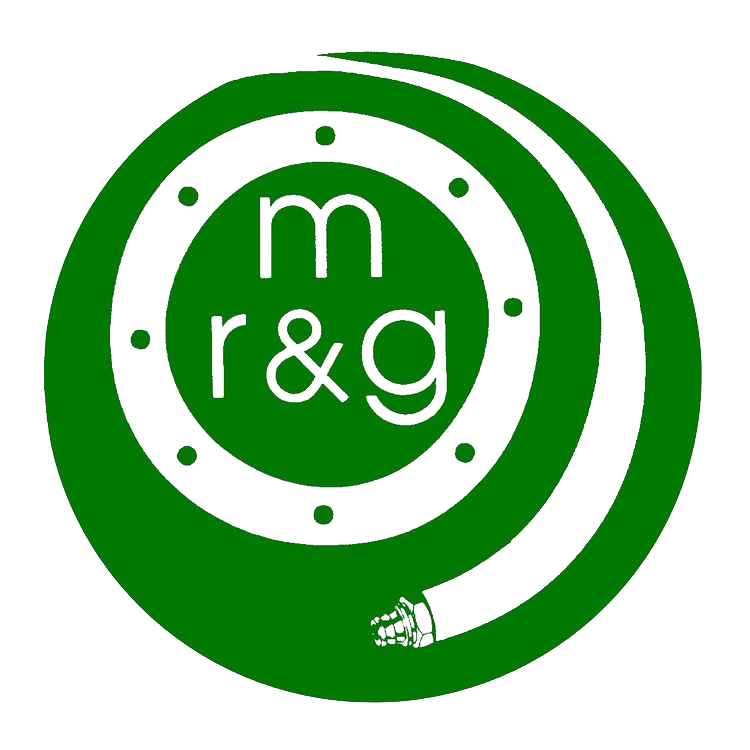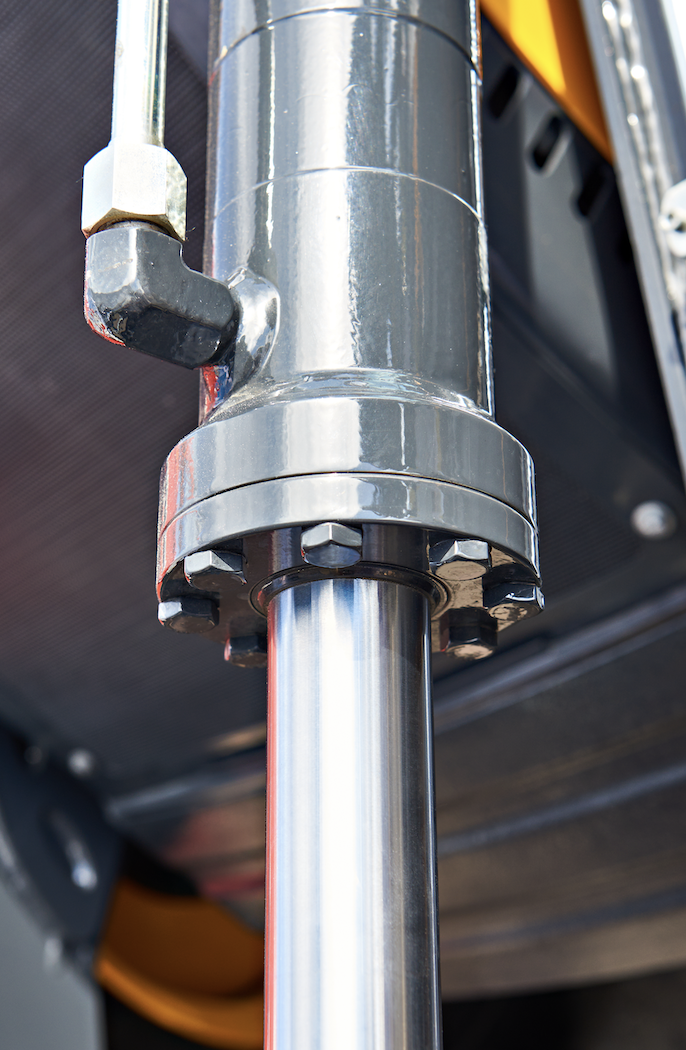CYLINDER REPAIR
Quality Cylinder Rebuild & Repair
Hydraulic cylinder repair is a specialized maintenance process designed to restore the functionality and performance of hydraulic cylinders, which are critical components in various industrial machinery and equipment. Hydraulic cylinders are used to generate linear motion and force in hydraulic systems, and over time, they can experience wear and damage. Repairing hydraulic cylinders is cost-effective and sustainable, as it extends the life of the equipment and reduces the need for complete replacements.
Hydraulic cylinder repair is a specialized skill that often requires the expertise of trained technicians or professionals familiar with hydraulic systems. Proper repair and maintenance of hydraulic cylinders can extend the lifespan of machinery, reduce downtime, and ensure the safe and efficient operation of hydraulic equipment in various industries, including manufacturing, construction, and agriculture.
Hydraulic Cylinder Repair Process
1. Inspection and Assessment:
The repair process begins with a thorough inspection of the hydraulic cylinder to identify the extent of damage, wear, or malfunction. This inspection includes checking for issues such as cylinder rod damage, seal leaks, and internal component wear.
2. Disassembly:
Once the issues are identified, the hydraulic cylinder is disassembled. This involves removing the rod, piston, seals, and other internal components. The components are then carefully inspected for damage, wear, and corrosion.
3. Cleaning and Surface Preparation:
All components are cleaned and prepared for repair. This typically involves removing dirt, debris, rust, and any old sealant or coatings. Proper cleaning is essential to ensure that the repaired cylinder functions optimally.
4. Replacement of Damaged Components:
Damaged or worn-out components are replaced with new ones. This can include replacing seals, piston rods, or other internal parts that have deteriorated.
5. Machining and Honing:
In some cases, cylinder rods may need to be machined or honed to restore their original dimensions and surface finish. This process helps ensure a proper seal and smooth operation.
6. Reassembly:
After the components are cleaned, replaced, and machined as needed, the hydraulic cylinder is reassembled. Care must be taken to ensure that all parts are properly aligned and tightened to the manufacturer's specifications.
7. Sealing:
Seals are a critical component of hydraulic cylinders. They are inspected, and if found damaged or worn, they are replaced. Properly sealing the cylinder is essential for preventing leaks and maintaining pressure.
8. Testing:
Once the hydraulic cylinder is reassembled, it undergoes rigorous testing to ensure it functions correctly. This includes pressure testing to verify that the cylinder can withstand the intended operating pressures without leaks.
9. Surface Coating and Painting:
In some cases, the exterior of the hydraulic cylinder may be coated or painted for protection against environmental factors such as corrosion.
10. Installation and Calibration:
After successful repair and testing, the hydraulic cylinder is reinstalled into the equipment or machinery it serves. It may also need calibration to ensure it operates in sync with the rest of the hydraulic system.
11. Documentation:
Detailed documentation of the repair process, including inspection results, replaced parts, and test reports, is crucial for record-keeping, maintenance history, and compliance with industry standards.




